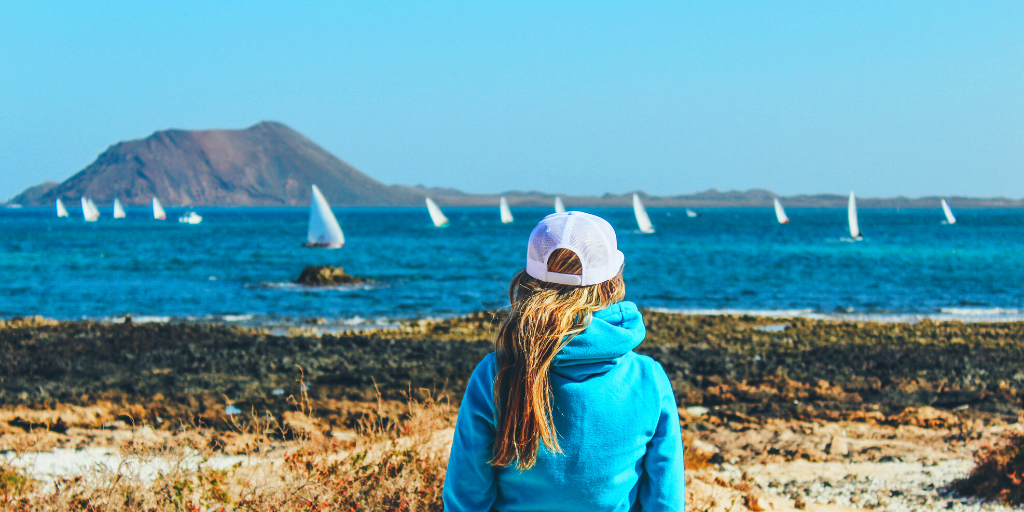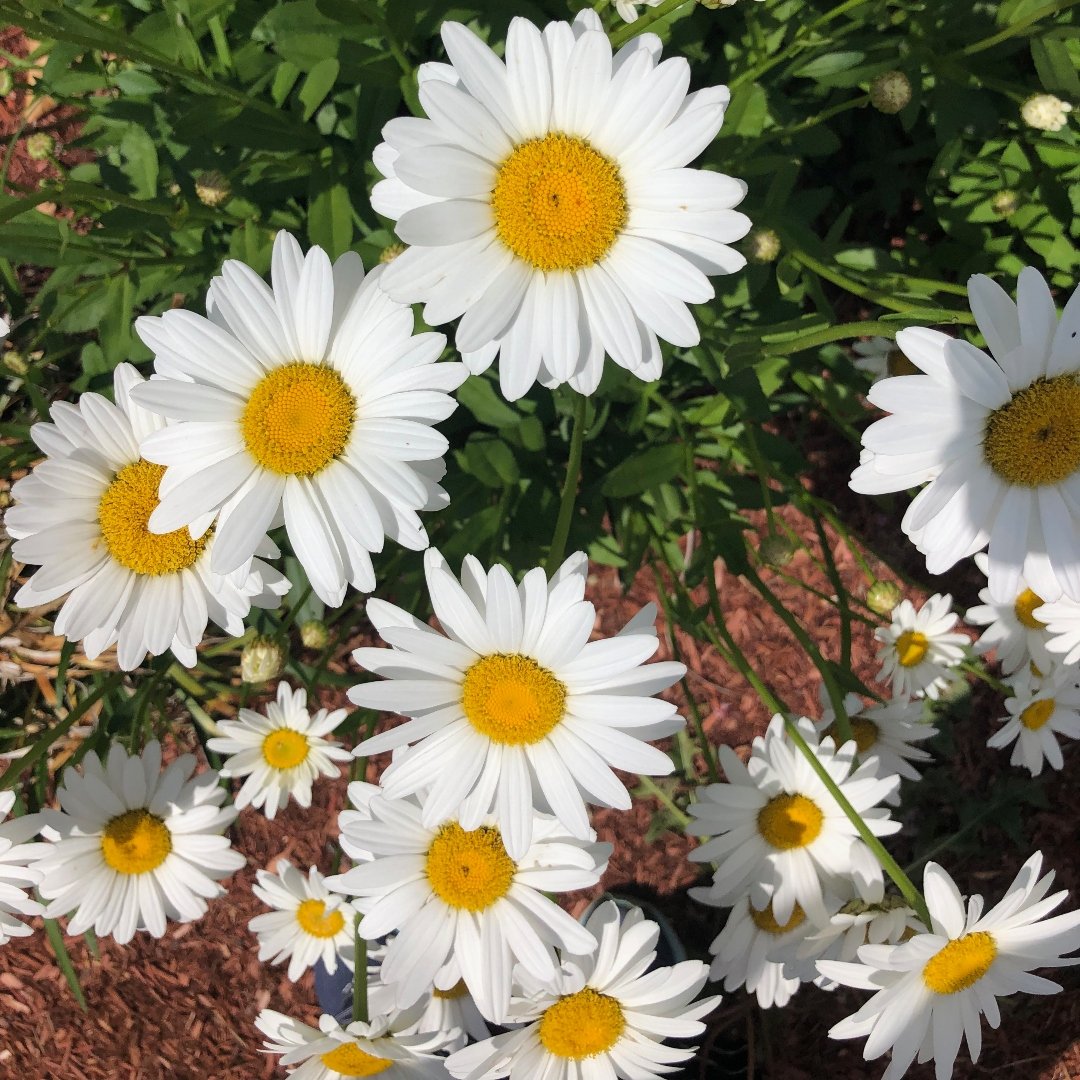
In a time when the world is very loud, Kerry Campbell ponders our need for contemplation—and simple ways to begin this prayer practice.
These summer days in which the world is so very loud are calling me to contemplation, and I’m sure I’m not the only one.
Contemplation is a form of prayer or meditation in which a person seeks to pass beyond mental images and concepts to a direct experience of the divine. Another definition of the word contemplation could be something like ‘deep, reflective thought’ but the best descriptor I’ve found is the term "sacred attention." We often think of a contemplative as a monk or a nun in a particular order whose focus is on contemplation, like the desert fathers or the Trappists, but a contemplative spiritual practice is available to all of us from lots of different faith traditions.
A Christian contemplative practice might look like a meditation on a short piece of Scripture or on a piece of religious art or music. It might involve what’s called centering prayer, which is a focus on one word, or on the senses. You might practice contemplation alone or with a small group, in a variety of postures, in a holy space or in your own backyard, but contemplative prayer always includes slowing down, focus, and listening. You just can’t rush contemplation, and in a world which is moving so fast these days on every front, an intentional slowing down might be exactly what we most need.

Our friend Jesus knew the value of contemplation. Often leaving a group to go and meet with His Father alone or with a few friends, Jesus modeled the importance of this practice for us over and over, but if you were born and raised Catholic, contemplative prayer was likely not a part of your religious formation. Thomas Merton called this out in the mid-twentieth century, and his call to return to contemplation was a huge part of his popularity at that time and even through today.
Our souls know we need contemplation, because a faith practice that includes only reciting prayers, going to Mass at the right times, talking God into what we want or asking Him for things in petition or intercessory prayer—well, this may be a sign that our own egos have become centered in our prayer practice, and this is not only dangerous, but it stunts our spiritual growth. Putting all of our wants and needs in the center is only human after all, but before we know it, that centering on our own will can make us into mini-gods of our own making. The good news is that contemplation puts our gaze back in the right place, on God.
St. Augustine of Hippo said that there are three types of people: slaves, merchants, and sons. A slave will do something like prayer out of fear, say, the fear of hell or the fear of being cast out of a community. A merchant will come to God with a deal, like "you do this, and I’ll give you that in exchange," in other words, prayer or sacrifice or worship toward a stated end. Most of us pray in this way, many of us with ends in mind that we believe are good and holy. But a son or a daughter will pray because God is worthy of loving, and a child of God is interested in building that relationship. So here, the goal is not obedience or quid pro quo or even conversation—the goal of contemplative prayer is communion. We intentionally draw close in love.
Fr. Richard Rohr says that contemplation is “a long, loving look at the Real (with a capital R).” This summer, we could explore a variety of methods of contemplative prayer. One week we could contemplate a piece of art, another a piece of music. We could contemplate in nature and with Scripture and with centering prayer and the Rosary too. We could contemplate indoors and outdoors and use all of our senses in lots of different places, and it’s my hope that by the fall we could learn to feel the gaze of our loving God on us as we gaze on Him. We will be held as we behold, and friend, wouldn’t that be something?
Last week, I sat in a grassy space looking out at a harbor and there was a mom there walking her little one in a stroller. She was doing that thing that maybe we all did, narrating the environment to help engage her baby with the building blocks of vocabulary. I remember doing that with my babies, too, naming and describing most everything around me all day long, and feeling a little crazy sometimes maybe, but it did work. I described the cars and the fruits at the grocery store and the sounds of the birdies and the dogs and the train near our house. And every time I did that, I was building a shared language with them that they still use particularly well today. This mom was asking her toddler, “Do you see the boats? What color are the boats? Boats in the water, splash splash …”

And it was all so lovely, and it brought me back to my own young motherhood of course, but also it struck me: that mom was modeling contemplation. Looking at things that we might miss or take for granted, studying them, naming them, feeling grateful for them. I found myself wondering why most of the boats in the harbor were white after all, and about the physics of how a boat floats, and about the people who worked aboard them. I can’t say that I’ve thought that much about boats in some time, maybe ever.
It seems to me that sometimes we separate out the things that are wonderful, that is full of wonder and the things that are sort of regular or ordinary—but, friend, what if everything we see or hear or read or touch could be a means to communion with the God Who made it, or inspired the making of it? What if we paid a little closer attention, slowed down, and received these things as gift? Maybe contemplation could give us a new shared language and could make this world feel a little more like the magic it is, because maybe when we find communion with the divine out there, we’ll be more likely to experience our good God living in us, too.
Copyright 2022 Kerry Campbell
Images: Daisy photo copyright 2022 Kerry Campbell, all rights reserved; all others Canva
About the Author

Kerry Campbell
Kerry Campbell is a Catholic-Christian preschool music teacher, church cantor, writer, full-time noticer, and Mom to two college students. She’s letting the details of her life inform her wider view in the suburbs of Boston, Massachusetts. She loves connecting with readers, so find her writing at MyLittleEpiphanies.com and please say hello!


.png?width=1806&height=731&name=CatholicMom_hcfm_logo1_pos_871c_2728c%20(002).png)
Comments